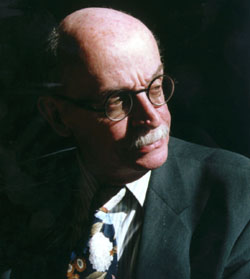Gentrification and Its Discontents

Holt%2C%20Dennis%2C%20new%20Photo%20by%20Krogius.jpg
By Dennis Holt
Senior Editor
I got to thinking about gentrification, of all things, because of an unusual story for these days that appeared in Friday’s New York Times.